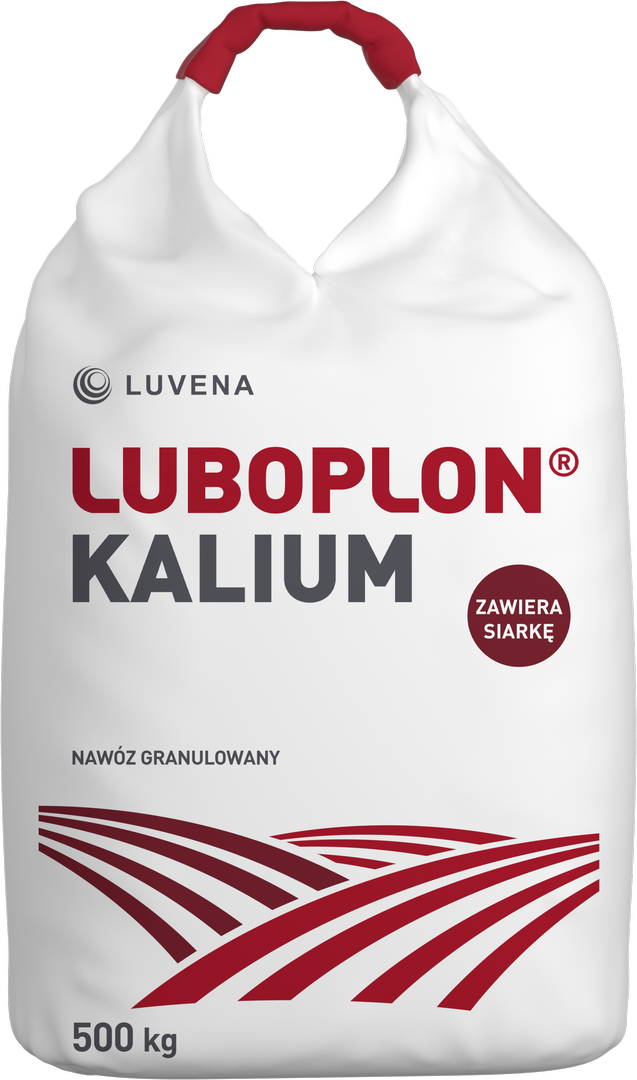

LUBOPLON ® KALIUM
EU FERTILISING PRODUCT ● GRANULATED ● STRAIGHT SOLID INORGANIC MACRONUTRIENT FERTILISER
K (Ca, Mg, S) 40 (7.5-4-12)
- intended for all soils and all crops, except those particularly sensitive to the presence of chlorine in the fertiliser
- excellent for winter rapeseed, corn and permanent grasslands
- recommended both for routine fertilization of plants and to improve the potassium content of soils
- contains highly soluble potassium, sulphur and magnesium compounds
- improves the efficiency of nitrogen fertilization
- improves plant resistance to stress factors
- improves reasonable water use by the plants, especially during soil drought
- activates the defense mechanisms against diseases and pests
- increases the ability of winter plants to regenerate in early spring
CHARACTERISTIC CARD arrow_forward
CERTIFICATE OF CONFORMITY arrow_forward
TECHNICAL SPECIFICATIONS arrow_forward

